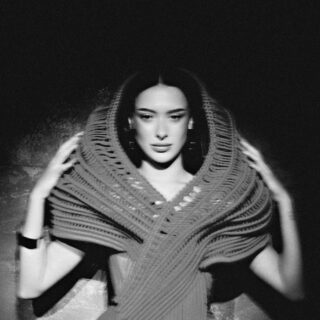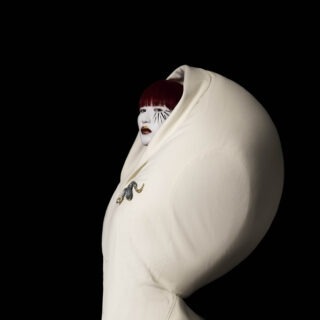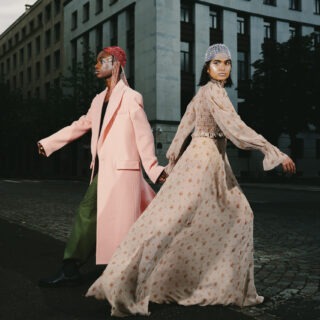words. Gioia Dal Molin
issue 4 – in motion
Michelle Nicol: Your first thought when you were appointed Director of the Istituto Svizzero in Rome?
Joelle Comé: I was happy for the job, happy to come to Rome, and happy at the idea of coming to the Villa Maraini every day.
Michelle Nicol: The Istituto Svizzero is an institution at the forefront of the global discourse on art, science, and society since 1947. Why is it important to be based in Rome?
Joelle Comé: The very idea of the institute is to be in Rome where an international research community is anchored for what Rome represents in terms of research, antiquity, classical studies, and the arts.
Michelle Nicol: What has been your biggest challenge at the Istituto?
Joelle Comé: We wanted to propose to the public to come and visit more regularly, to see what the arts could propose, what contemporary creation from Switzerland could offer. At the same time, we delved into the innovation side of research in Switzerland with the universities and our fellows. So, to bring these two activities together and find coherence between contemporary art and very specialized academic research, that is the main challenge.
Michelle Nicol: And what has been your biggest achievement at the Institute?
Joelle Comé: I am proud that we opened a residency and activities in Palermo. We also have a residency in Milano. This geographic line from Milano to Roma and to Sicily, with the opening to the Mediterranean, is very important for us coming from Switzerland, so far from the sea.
Michelle Nicol: You operate in Rome, Milan, and Palermo. Please characterize each location with 1 adjective.
Joelle Comé: I need at least 2. Rome: classical and eternal. Milano: dynamic and busy. Palermo: fascinating, mixed, surprising.
Michelle Nicol: If the Villa Maraini was a film, what would it be?
Joelle Comé: You could imagine a story about a bourgeois family living here, like it was the case with the Marainis. I would imagine an evening with a party, a film which is all about one eventful evening. You can mix Il Gattopardo (1963, Luchino Visconti) with Il Giardino dei Finzi Contini (1970, Vittorio de Sica), with Il Conformista (1970, Bernardo Bertolucci), and something happening around political turmoil, etcetera.
Michelle Nicol: What is the most significant cultural difference between Switzerland and Rome?
Joelle Comé: Rome has a different approach to chaos, to order, to what’s permitted and what not. Everything is more fluid, from driving to transportation. Sometimes in Switzerland, we are blocked by the way of doing things, which has to correspond to the rules, to the habit.
Michelle Nicol: What do Switzerland and Rome have in common?
Joelle Comé: The link to nature. Like Switzerland, Rome is very green. And we take the metro to go to the seaside; it’s like going to the mountains.
words. Gioia Dal Molin
© Schön! Switzerland. All rights reserved.






